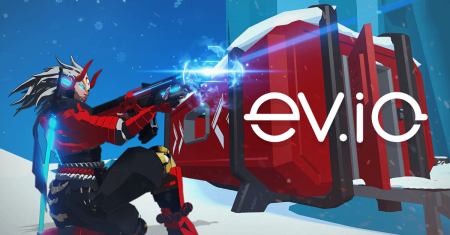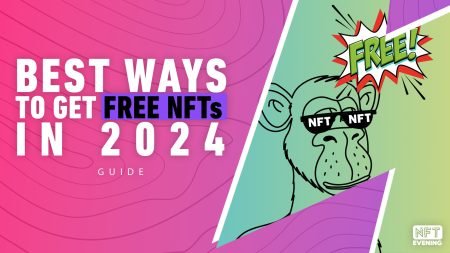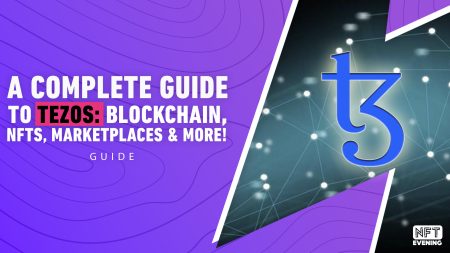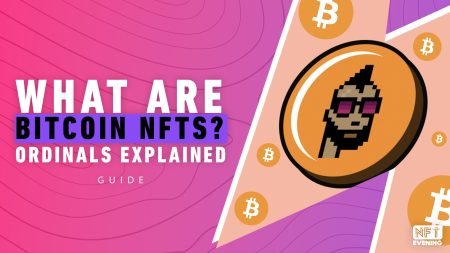Could ERC-721R, a new Ethereum token standard, finally fix the issues of rug pulls in NFTs? That’s what the team behind it is promoting. In essence, this new standard would allow NFT minters to get a refund within 30 days. The ERC-721R developers hope that this will allow protect buyers and allow upcoming NFT projects to build trust.
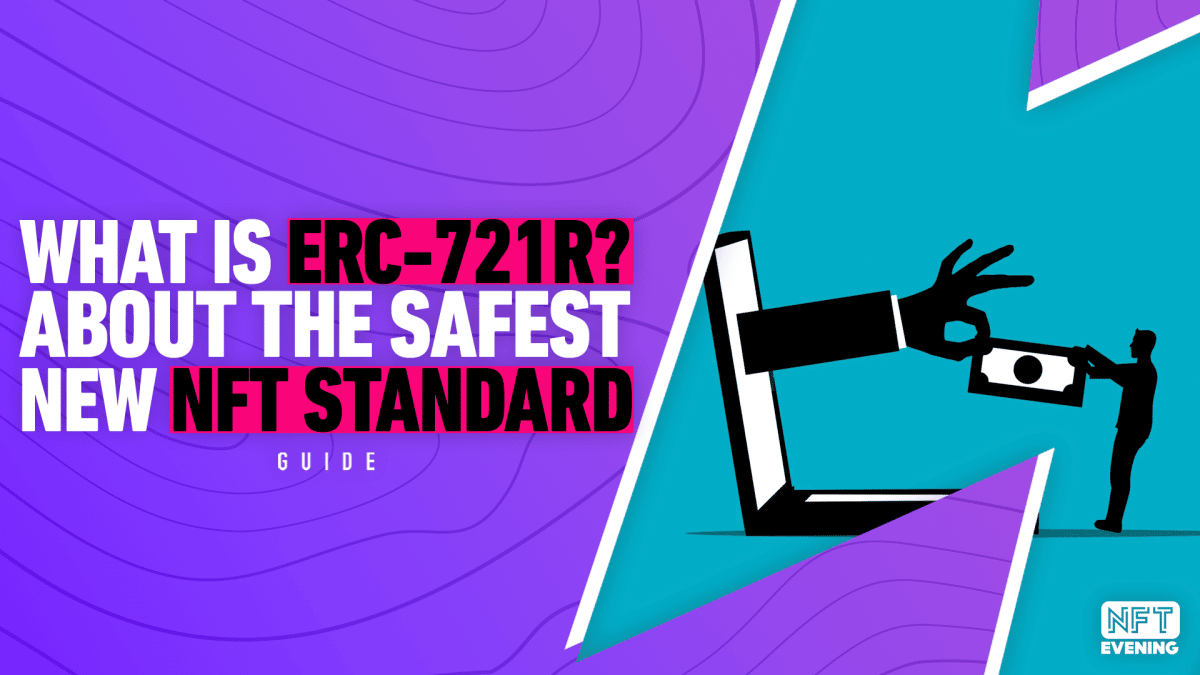
Could ERC-721R finally put an end to NFT rug pulls?
Unfortunately, scams have been running rampant through the NFT space as of late. Indeed, Discord hacks, stolen Twitter accounts posting scam minting links, and phishing attacks have had the NFT space on high alert in recent weeks. Of course, one of the biggest scams to take off since the beginning of NFTs’ meteoric rise in popularity, has been the classic rug pull.
To clarify, a rug pull is when an NFT project doesn’t come through on its pre-mint promises, leaving holders with nothing and taking their revenue. Notably, rug pulls exist on somewhat of a spectrum. There are full-blown rug pulls, which are planned as scams from the beginning and see NFT creators take holders’ money and run immediately after a mint. Then there’s the slow rug pull, where a project slowly but surely leaves its community high and dry, through either malice or incompetency.
Needless to say, there’s a whole range of projects that fall between those two extremes. In any case, rug pulls have been a prevalent part of the NFT experience over the past year. In fact, so much so that they’ve become a meme in the NFT space. With that said, there’s not too much humor in it for the people who put their faith in an NFT project team and lose their funds for it.
Evidently, the new ERC-721R standard is providing a way to stop rug pulls from happening.
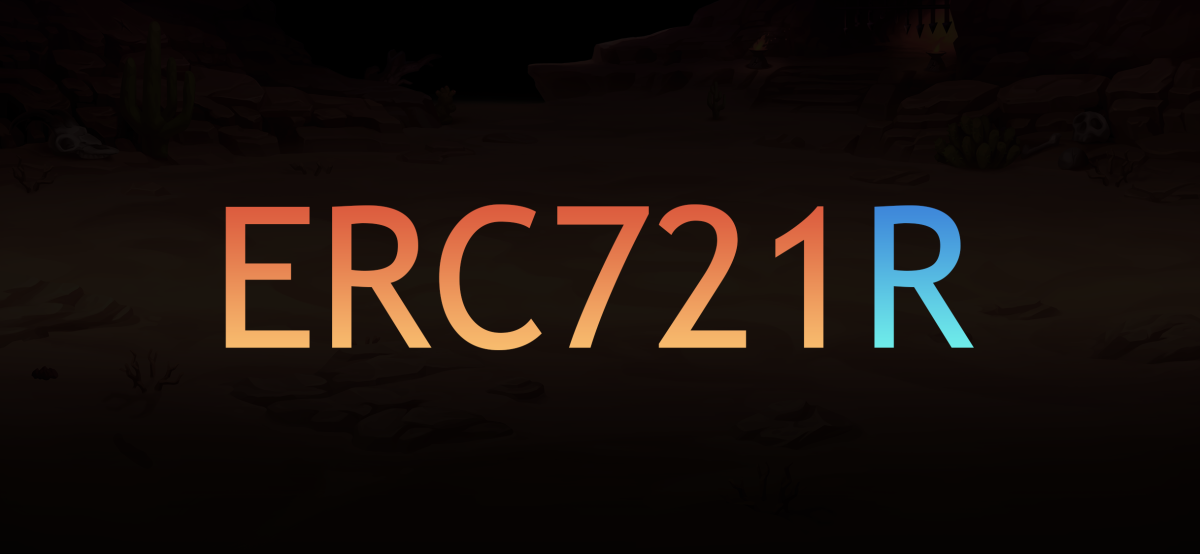
How does the ERC-721R token standard work?
As previously mentioned, the main feature of the ERC-721R standard is that it enables trustless refunds. That is to say, NFT minters have the option to get a no questions asked refund. That’s because ERC-721R adds the feature directly into the smart contract for the NFT.
ERC-721 takes the improvements of the Azuki team’s ERC-721A standard and adds the crucial refund feature. To be sure, the ability to get a refund in the 30 days following a mint would be a huge confidence booster for NFT buyers. Although it’s worth noting that the standard is not without its flaws.
Could the ERC-721R standard hurt NFT creators?
As the Twitter user Popeye points out, there is one glaring problem with ERC-721R. That is to say, trustless refunds could work out very poorly for NFT projects that simply underperform through no fault of their own. After all, people are infamously inpatient in the NFT space.
FOMO and chasing the next big thing often cause people to sell NFTs from projects whose floor prices don’t rise fast enough to their liking. Let alone those whose prices dip below their mint price.
Given that, ERC-721R could start a trend where people frequently mint multiple NFTs, and then promptly take their money back. Good news when it’s a legitimate rug pull. Bad news for good and earnest projects who just need time to develop.
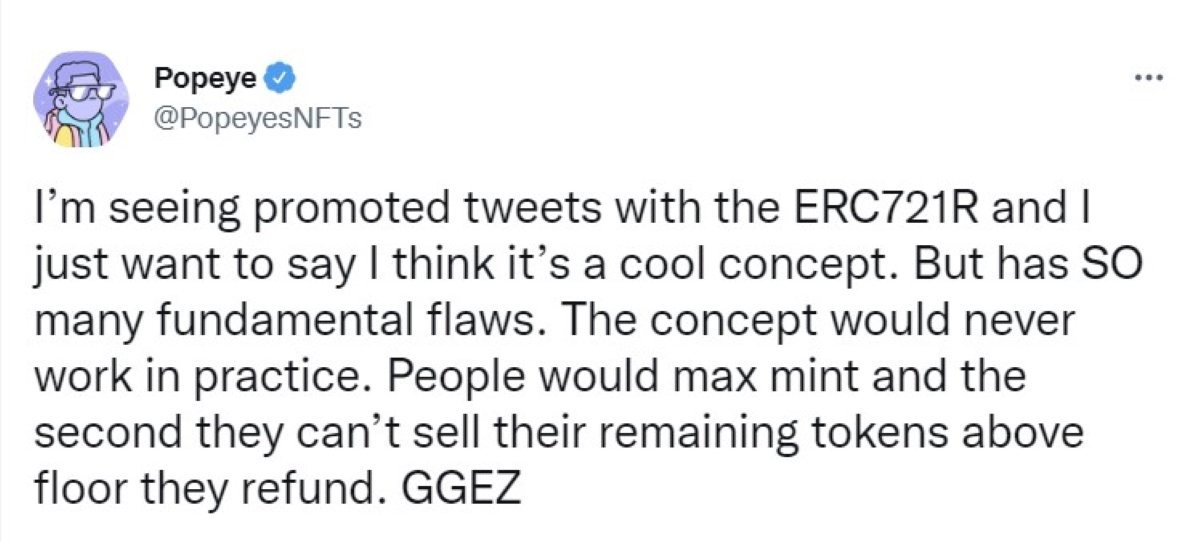
To that end, there are statements on the ERC-721R website addressing that exact idea. In short, the developers of the standard believe that catering to buyers is the priority in this case. For one thing, they haven’t witnessed many refund requests in the projects using the standard so far. On the other hand, they think that in many cases, mass refunds are a good thing. That’s because they would be a clear signal that a project’s initial supply or mint price was too high.
CryptoFighters Alliance – the project behind the new token standard
Another key point about the ERC-721R standard is that like ERC-721A before it, it was created by a team of NFT project developers. This time around, it was the team behind the P2E NFT game, CryptoFighters Alliance.
Notably, the project has been around since 2018, although it’s had a pretty quiet life so far. Whether ERC-721R is a true NFT innovation, or simply a way for a cold NFT project to drum up some hype and a second life, is up for some debate. Whatever the case may be, ERC-721R is a very encouraging development. Hopefully, we’ll continue to see developers experimenting with ways to protect NFT buyers and deter scammers.
All investment/financial opinions expressed by NFTevening.com are not recommendations.
This article is educational material.
As always, make your own research prior to making any kind of investment.

